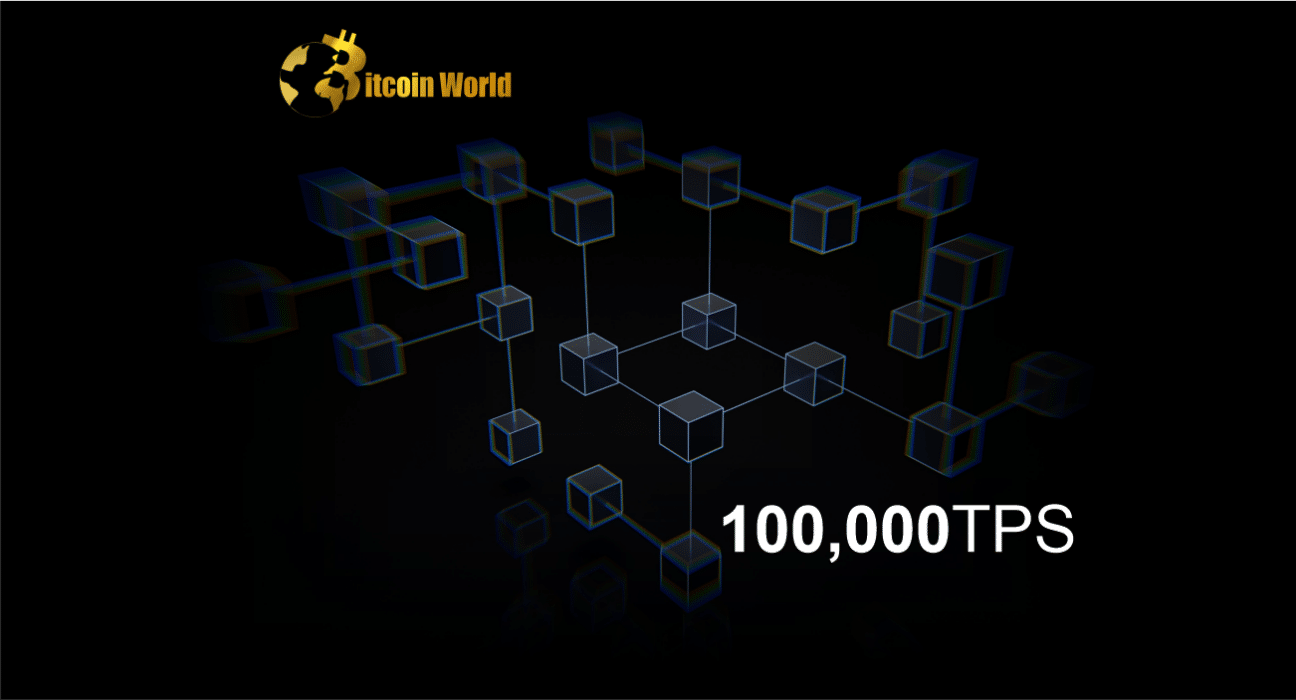The “actor model” mathematical proof is used by Halo 4, WhatsApp, and LinkedIn, among of the world’s most powerful networked systems.
Visa and Mastercard utilize it, which should catch the attention of anyone who thinks cryptocurrencies are a viable payment and remittance option. Sharding is one of crypto’s holy grails since it allows traffic to be holistically separated rather than dealing with massive amounts of transactions in one spot.
The actor model and technological concepts make blockchain sharding irresistible for massive scalability. This model’s logic doesn’t break blockchain conventions, but creative architecture allows it to grow beyond 100,000 TPS (transactions per second).
These foundations form a contemporary distributed network paradigm. Engineers using ingeniously modified mathematical proof for a highly scalable blockchain may benefit from being first. Carl Hewitt’s 1973 actor model has been successfully implemented in Scala’s Akka library and Erlang’s OTP (Open Telecom Platform). A very adaptive math proof.
When Ericsson introduced the actor model as software on hardware routers 40 years ago, we didn’t have the tools or vision to construct current DLT.
Yet, this might be the start of a silent revolution that leads to blockchain mainstream adoption and incorporation into our daily lives.
If so, understanding the actor model is useful. Applying it to blockchain is obvious to individuals without a strong mathematics or computer science background.
The actor model defines a blockchain user account as an atom of computing. The actor is called a “account” or “smart contract” for explanatory reasons. Each account has a wallet address and data and message handlers. The account may receive messages, alter its state and behavior (code), and deploy additional accounts.
Accounts determine transaction processing because they communicate. Accounts are completely isolated from one other, improving network security and stability. The actor model’s incredible scalability and usage of accounts’ many facets may be the largest benefit.
Envisioning 100,000 TPS is hard, and calculating them securely and reliably is much harder. This architecture limits accounts to sending 255 messages to other smart contracts, implying a TPS limit of a several hundred. But, clever engineering can break this constraint.
Recursively sending messages from one account to itself progressively increases the limit to the high tens of thousands, if not higher. One external message to a smart contract might generate thousands of token transfers, NFT transfers, or other blockchain transactions.
Developers may create and deploy smart contracts in the actor model without losing control over decentralized network node communication and coordination.
The CeFi versus DeFi discussion may advance greatly. Finding a balance between decentralized ideals and ensuring the technology delivers on its promise is a current difficulty in the sector. This is generally addressed by acknowledging that there will be a central point of failure.
The actor model affects everything. Each account has a unique hash (stateInit) based on its starting data and contract data. TVM cells contain this.
Imagine a new account’s first message. The first transaction starts a chain that grows exponentially with dataflow, boosting capacity.
Like a finite rhizome, a blockchain account can transfer transactions to numerous accounts. All to create a vast, scalable network that can withstand the largest NFT (non-fungible token) drop in history and large financial and information flows in conventional businesses.
Production systems with several smart contracts that need to communicate employ on-chain deployment.
Every smart contract that receives an external or internal message and uses actor model logic on such a blockchain can transmit transactions.
An account with code and initial data can send a deploy message to deploy a smart contract on-chain. A massively scalable blockchain must guarantee freshly installed factory contracts are code-concordant.
If not, parts of the blockchain are vulnerable to security threats and malevolent actors designing smart contracts to perform improperly.
The actor model requires new accounts to transmit messages to smart contracts. If not, their account won’t activate.
This reduces the possibility of attackers manipulating smart contracts by aligning new accounts with the rest of the blockchain. Hence, a set of rules governing accounts’ interactions allows them to conduct massive quantities of transactions while graciously resolving errors without risking the network. The actor model has quietly powered top distributed networks for decades. Blockchain provides a framework for efficient concurrent processing that the industry desperately needs.
Consensus and raw computational power necessitate new solutions.














